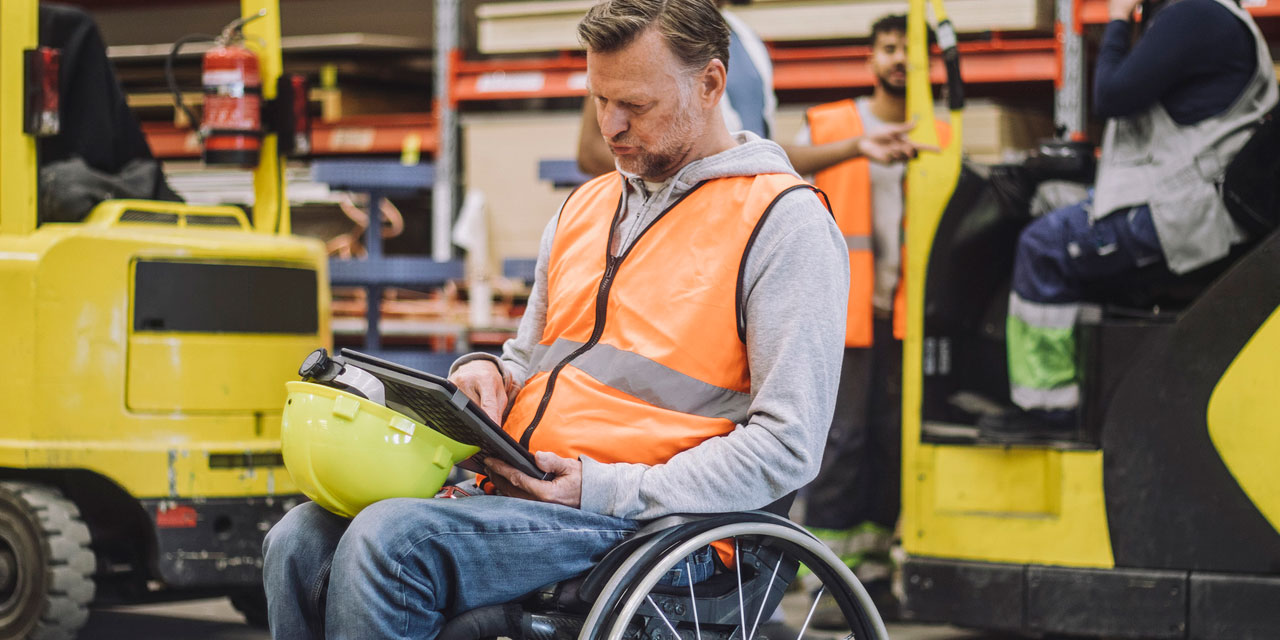
Disability-rights advocates have long insisted that, as a matter of public policy, disabled people’s lives should resemble those of nondisabled people to the greatest extent possible. They have argued, for example, that “segregated” environments, which primarily or exclusively serve disabled people, violate the principle of normalization and ought to be abolished. And for decades, they have called for the repeal of Section 14(c), a provision of the Federal Labor Standards Act (FLSA) of 1938 that allows certified employers to pay disabled workers a subminimum wage commensurate with their productivity. Congress created the 14(c) program to enable people with severe disabilities to remain in the job market after the passage of the federal minimum wage.
The Biden administration published a proposed rule in 2024 that would have phased out the program, claiming that it was “no longer necessary to prevent curtailment of employment opportunities.” But last month, the Trump administration announced it was withdrawing the proposal. In doing so, it preserved the jobs of thousands of severely disabled Americans who would have lost one of the staples of a “normal” life.
Finally, a reason to check your email.
Sign up for our free newsletter today.
When 14(c) began, lawmakers hoped to protect disabled veterans, who then made up the majority of subminimum-wage workers. But today, due to legal and policy changes, more than 90 percent of subminimum-wage workers are intellectually or developmentally disabled. Many of these workers require intense medical and behavioral supervision. They are often less likely than previous generations of 14(c) workers to graduate to competitive employment.
Reflecting this change, many 14(c) employers today are nonprofits that operate “sheltered workshops”—supportive and specialized work environments for severely disabled employees and their caregivers. Workers in these settings perform tasks ranging from menial work, such as filling packages, to more advanced activities, like assisted woodworking. The FLSA requires employers to structure these workers’ wages on objective measures of their productivity relative to competitively employed workers, subject to review in an administrative law court.
But as a result of federal consent decrees and activist pressure campaigns in state legislatures across the country, the number of subminimum-wage workers has declined sharply, from more than 423,000 in 2001 to just 35,000 as of July 1. Sixteen states have abolished the special wage program entirely, and others have made it more difficult for employers to obtain a permit. For example, while the subminimum wage is legal in both states, neither Wyoming nor Vermont had an active 14(c) employer as of last July.
The purpose of the subminimum wage is to make it possible for employers to hire those otherwise unable to compete in the job market. It is not surprising, then, that such people in states that have abolished the subminimum wage have often failed to find competitive employment. In Colorado and Oregon, for example, less than half of former 14(c) workers found jobs making at least minimum wage after the states repealed the program, according to the Government Accountability Office.
Nevertheless, federal agencies continued to push for the program’s abolition. In 2020, the U.S. Commission on Civil Rights released a report on the subminimum wage and its “impacts on the civil rights of people with disabilities.” Despite overwhelming public support for 14(c)—98 percent of comments supported keeping the subminimum wage—the commission recommended that Congress repeal the program. Four years later, the Biden administration followed through on its recommendation with a notice of proposed rulemaking, announcing its plan to phase out the 14(c) program and cease approving new subminimum-wage certificates.
To the relief of many disabled workers and their families, the Trump administration announced in July that it would withdraw the rule. The Department of Labor claimed that the executive branch lacked the statutory authority to repeal the provision unilaterally, given that the FSLA states that the labor secretary “shall” issue 14(c) certificates.
By withdrawing the proposed rule, the Trump administration recognized the divide between disability-rights advocates and disabled workers and their families. In a 2022 ProPublica report on Missouri’s subminimum-wage program, for example, the author notes that “disability rights advocates have lamented [sheltered workshops] and their low wages, calling them discriminatory and exploitative.” But, to her surprise,“[d]isabled adults and their families” in the state “seemed to strongly support sheltered workshops,” “didn’t focus on the low pay or the dearth of other opportunities,” and often were “grateful for the jobs that the facilities offered.”
But even if workers and their families are satisfied with sheltered workshop employment, opponents of the 14(c) program have insisted that paying disabled workers a subminimum wage inherently violates their dignity. The American Association of People with Disabilities opposes the subminimum wage on grounds that the disabled “deserve the dignity of a fair wage.” The National Association of Councils on Developmental Disabilities claimed that the continued operation of the 14(c) program “is incompatible with the values of equality, dignity, and inclusion that we strive for in today’s society.”
Yet many disabled people find that the act of work itself—regardless of compensation—enhances their dignity. In some cases, it also builds skills necessary to live with greater independence. “I liked working with my hands in woodwork,” a former 14c worker told the Government Accountability Office after the state abolished the subminimum wage. And in an extreme example that illustrates the principle, Christine Lamphere, a former resident of a now-shuttered state residential facility in Vermont, recalled enjoying her work in the institution’s dining room and with the nursing staff. As an institutionalized patient before the abolition of peonage, she almost certainly worked without pay. Nevertheless, years later, she claimed that she liked the work and suggested that it contributed to her ability to live independently. “I think if I didn’t go down there, I think I’d be in a group home by now,” she said. “I couldn’t take care of myself. I’d probably be in some group home.”
While Lamphere’s case illustrates how even unpaid work can provide dignity, her case is distinct from those of today’s 14(c) workers—not only because of pay but also because many of today’s subminimum-wage workers are more severely disabled than she is and are unlikely ever to live independently. For them, the alternative to subminimum-wage employment is often not a full-time job, but day programs or simply sitting at home. The 14(c) program allows these workers to retain their jobs, maintain their dignity, and to live as close to a normal life as possible.
Photo by Maskot via Getty Images
City Journal is a publication of the Manhattan Institute for Policy Research (MI), a leading free-market think tank. Are you interested in supporting the magazine? As a 501(c)(3) nonprofit, donations in support of MI and City Journal are fully tax-deductible as provided by law (EIN #13-2912529).
Source link

















